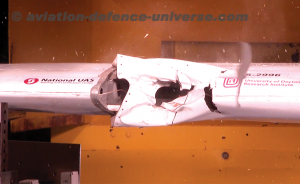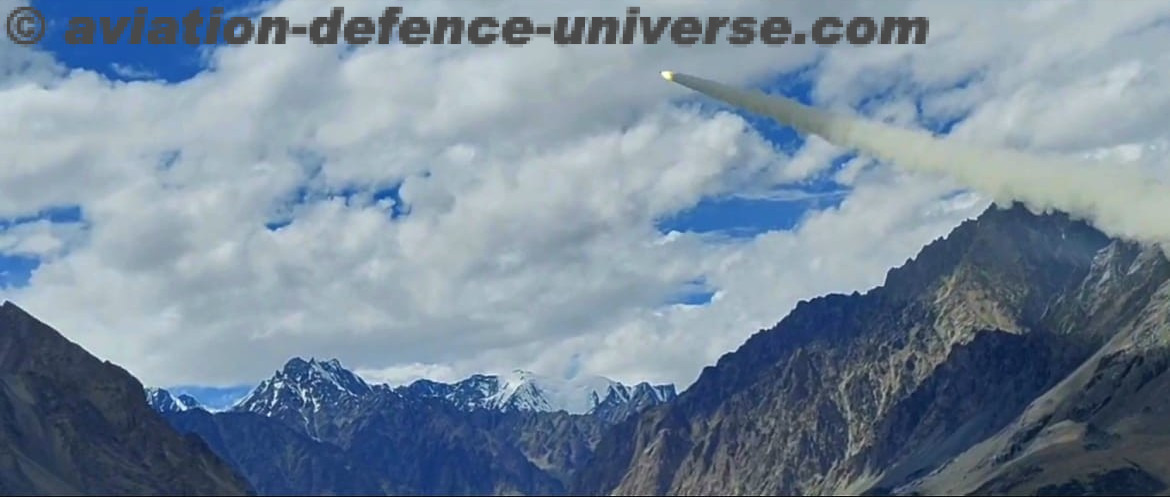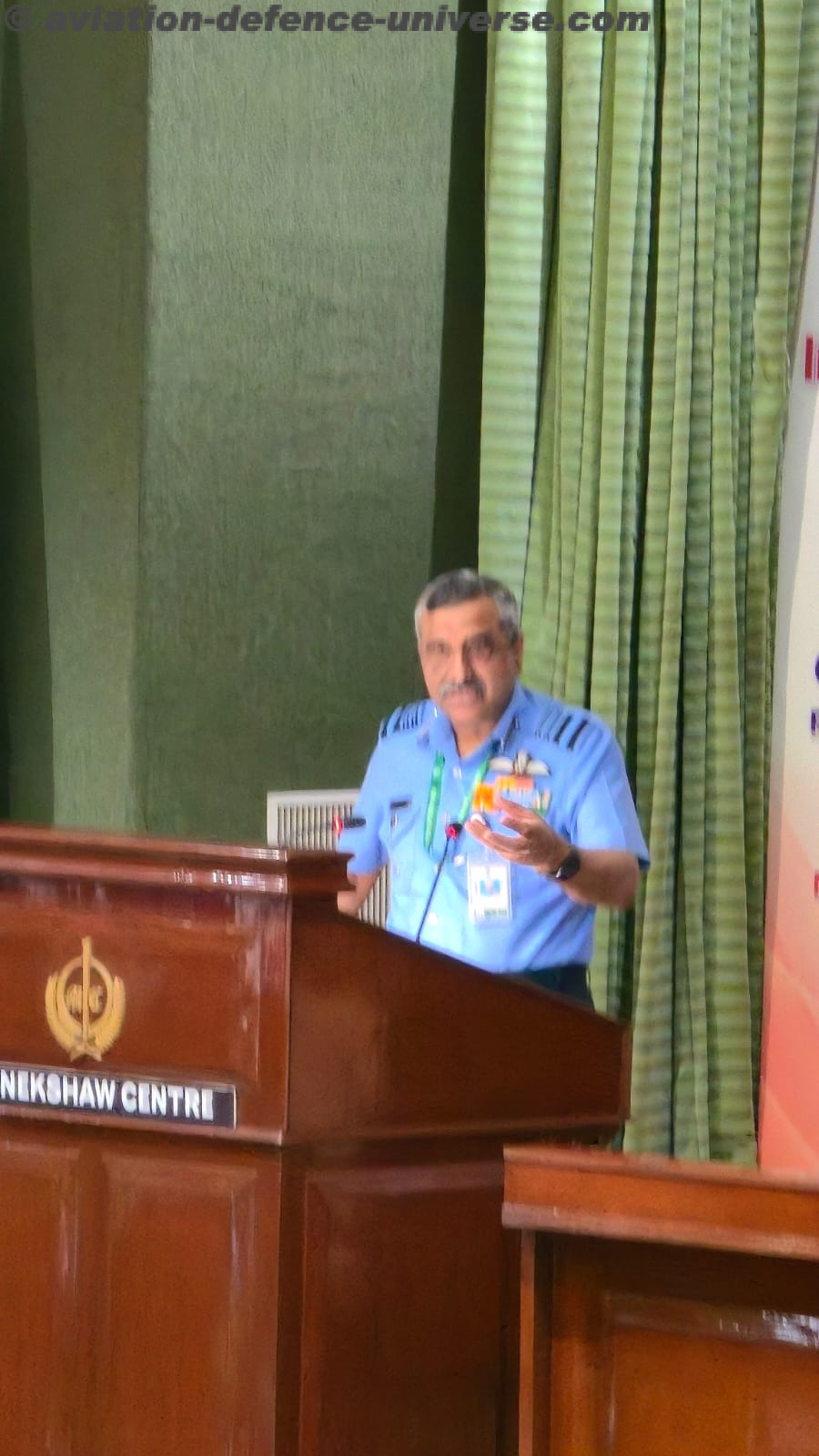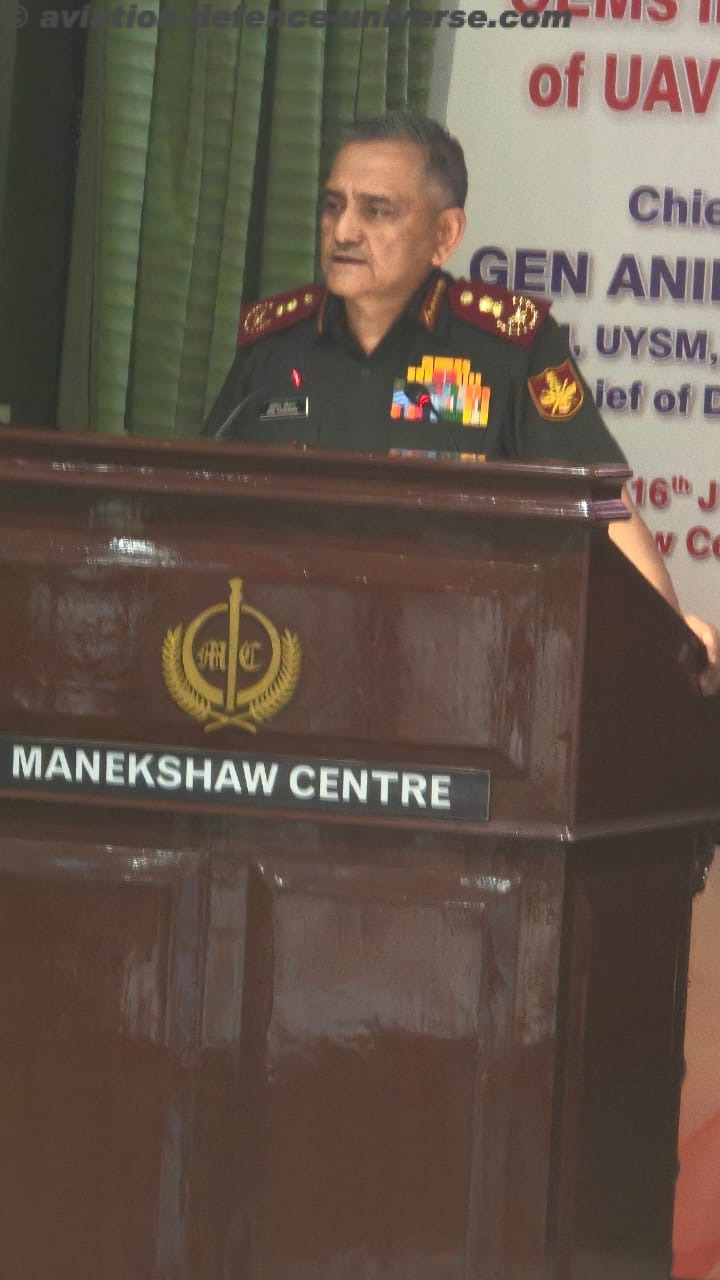
By Rajender Kumar, Sales Manager, Vision Research, AMETEK Instruments India Pvt. Ltd.
New Delhi. 01 October 2019. “Phantom high-speed cameras helped ballistic researchers study what can happened to commercial aircraft when it collides with a small UAV (unmanned aerial vehicle).”
The advancement in drone technology has led to the rise of more drones peppering the sky andit is important to learn how they interact with large flying objects, particularly aircraft. These interactions may not always be pleasant.Let us understand this concept with a real-life example. It was Sept 2017 when an army aircraft collided with a consumer drone where thedrone was destroyed completely and damages were noticed at the rotor blades of the helicopter. This incident proved that sometimes “big risks come in small packets”.
Soon, however, UAV drones could become common to study cell towers, deliver packages, inspect bridges, and more. So, this is the right time to collect data on drones and how they can affect a manned aircraft. The URDI Research group recorded a collision between adrone and an aircraft. They already have lots of data available on birds andhail, but they were not sure about what a drone was capable of doing.

How are Phantom Cameras important for this kind of study?
Collisions can be studied through computer simulations or modelling, but researchers were looking for a more advanced approach to observe the problem. They decided to create an actual collision in a controlled laboratory.
They used 3 Phantom high-speed cameras to record and study the drone-aircraft collision in depth. A drone and a commercial aircraft wing were used in the test. The structure of the wings and its thickness were slightly different than the actual one, but they were an adequate example of realistic results
Once everything was ready in the laboratory, researchers fired the drone into the aircraft wing at the speed of 238 mph. For a comparable study, the team fired a similar weighted bird on another wing. To capture all these collisions, they utilized three phantom cameras that were positioned at the top of the wings.
Phantom High-Speed Cameras were able to capture thousands of images in a few seconds. After the collision, they slowed the footage and checked on each image one by one for relevant data and analysis information to aid in understanding the impact. Phantom cameras were vital to the research process because they recorded both the drone and bird collisions at the rate of 10K frames per second.
How did the drone damage the aircraft?
According to the footage, the drone penetrated deep into the wing and caused a lot of structural damage. Researchers discovered that the faster both objects are moving the higher the damage possibilities.In extreme situations this could potentially lead to a full blown plane crash.
At the same time, the bird was not able to create a deep hole into wings and it was not even able to cause any internal damage to the aircraft. This study clearly reveals that drone has more power to destroy an aircraft in comparison to a bird even if flying or moving with the same energy.
The study was presented at the International level to create awareness among people and to avoid such type of accidents in the future. Phantom cameras played a big role here and it can be used in a variety of similar studies.
A little more about Phantom Cameras
Phantom cameras have a set of excellent features, 10 Gb download, memory storage options, portability, and easy connectivity that aid in optimizing workflow. High frame rates, excellent image quality, high sensitivity, and many other additional features ensure that accurate data is collected. These features allowed ballistics researchers to record the incidence at a speed of 238 mph and then review the details which are usually impossible to analyze with the naked eye. They generally appear to occur simultaneously to humans but are easy to study with the help of Phantom cameras.
Phantom high-speed phantom cameras witness an impressive speed of 22K frames per second (fps) at full 1-megapixel resolution even at low exposure times. A reduced resolution will go even faster. According to researchers, these cameras have excellent light sensitivity and resolutions for the frame rate as were needed, so the impact images produced were impressive.




























































































































